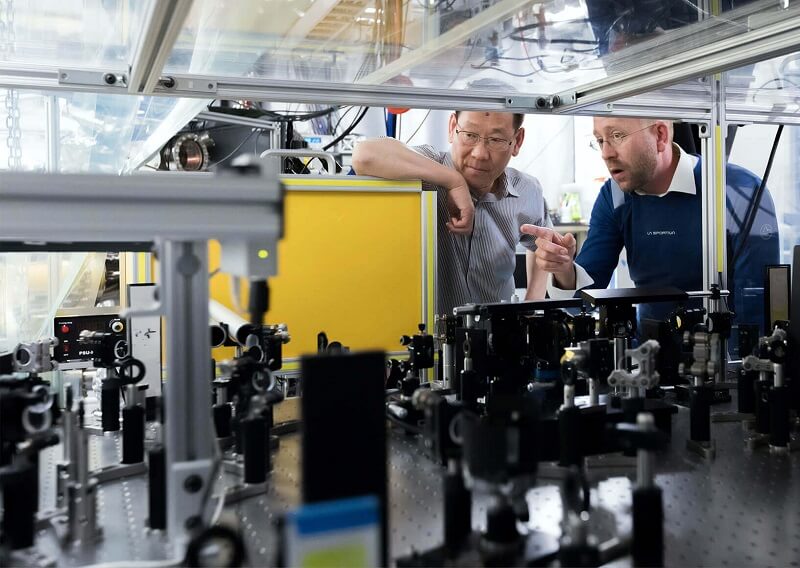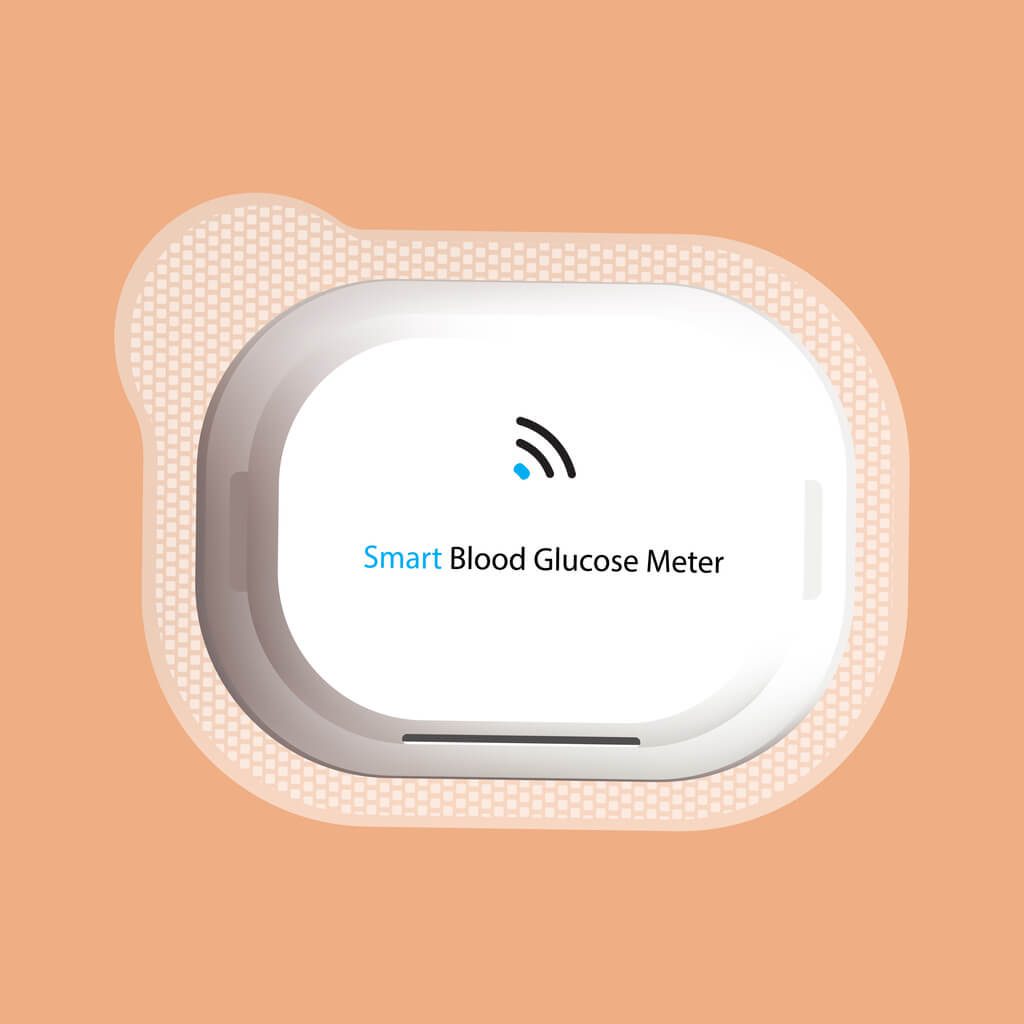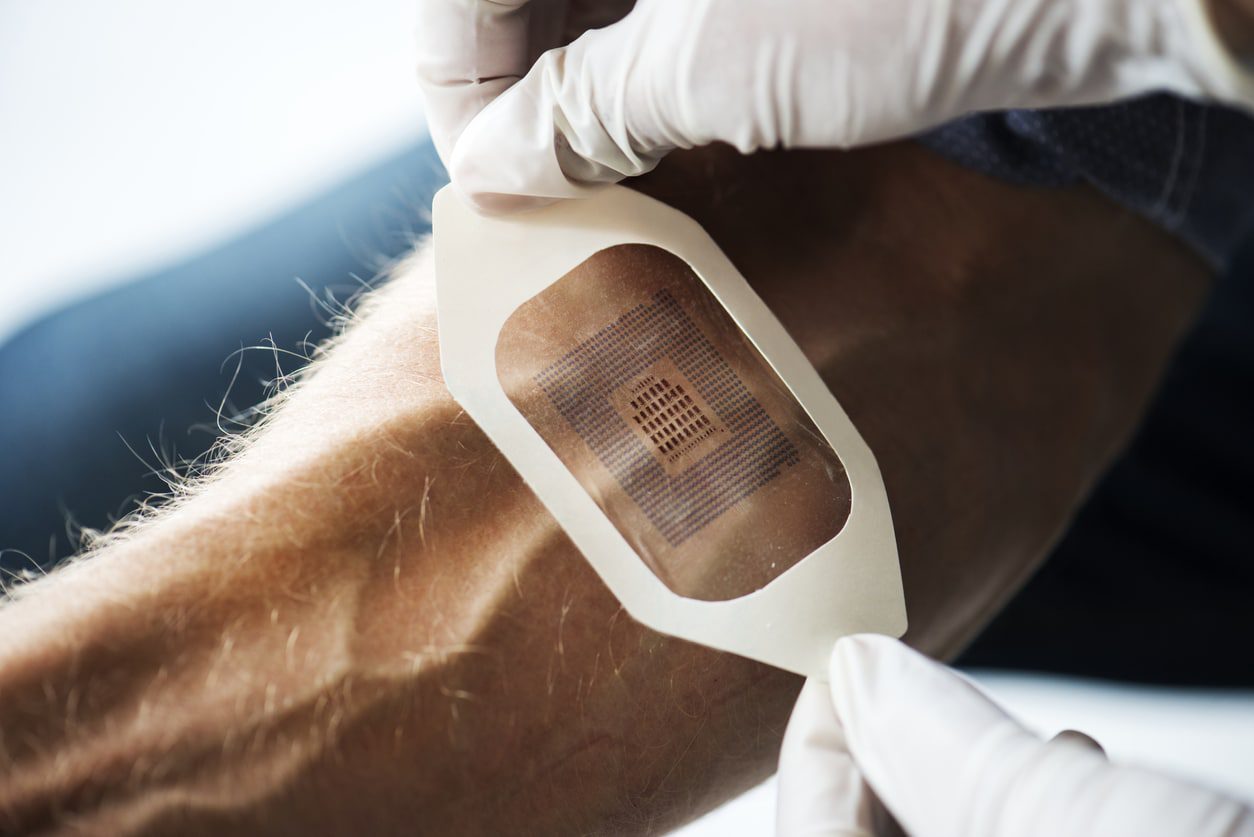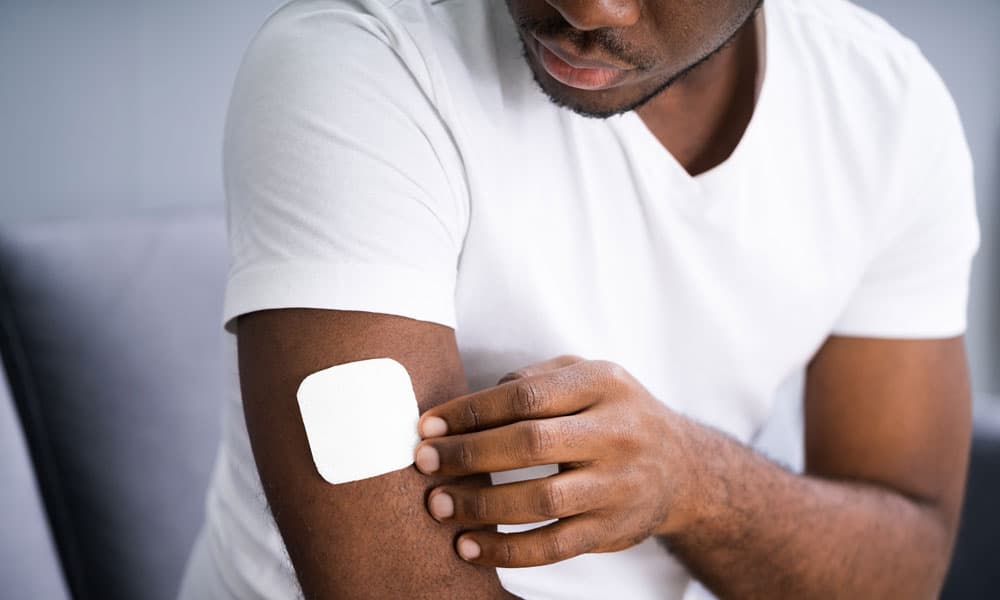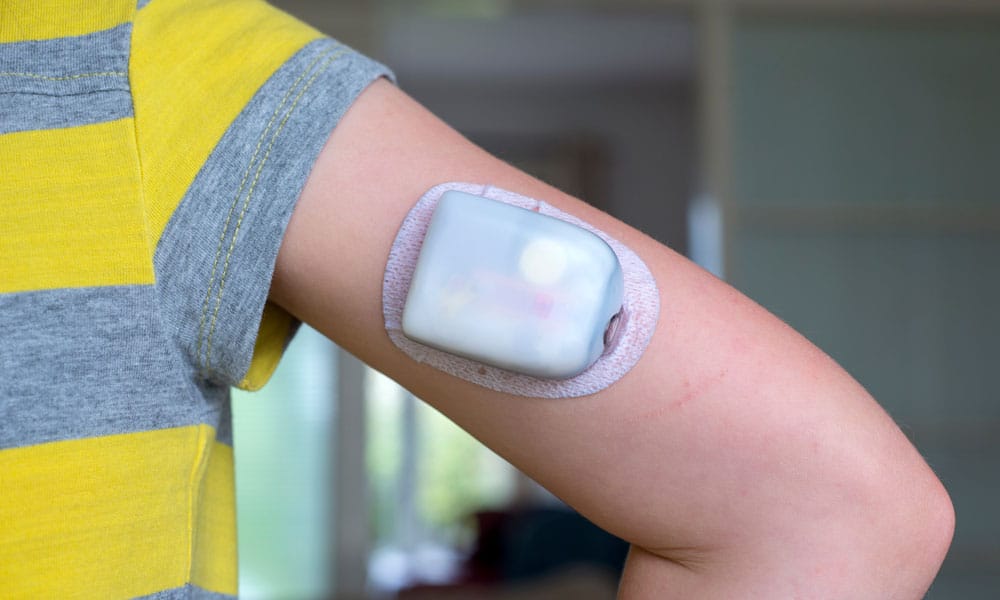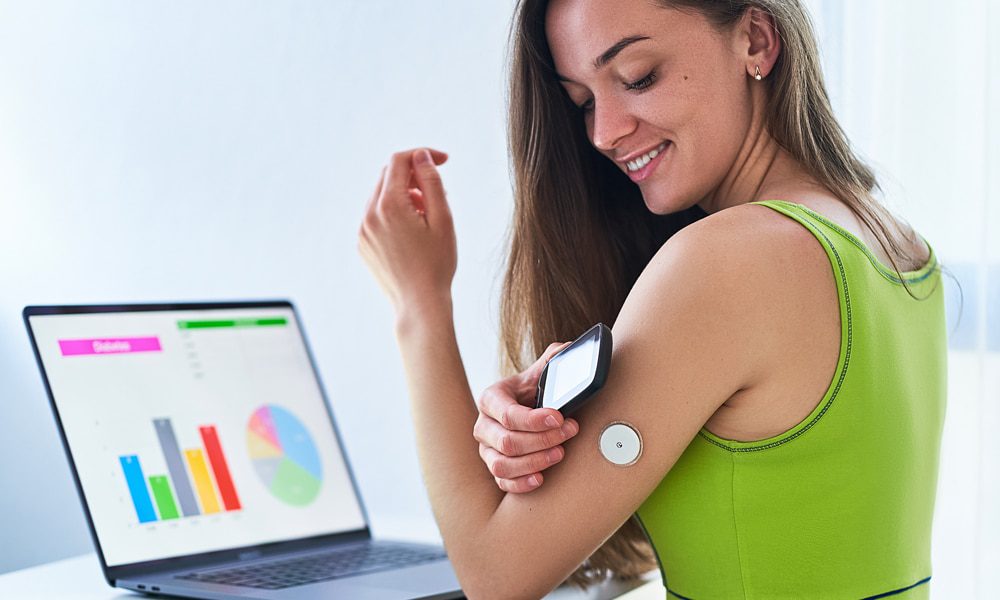The success of a wearable medical device often hinges on decisions made in the earliest stages of development. Among these, adhesive selection stands out as a critical factor that can determine your project’s timeline, budget, and ultimate success. Research shows that over 70% of medical device development delays stem from adhesive-related challenges discovered too late in the process.
Material Compatibility Considerations
Your device’s housing material directly impacts adhesive performance. Consider this ripple effect:
– Choosing a low surface energy plastic? Your adhesive options become limited
– Using flexible materials? Your adhesive must match that flexibility
– Working with sensitive electronics? Adhesive chemistry must prevent corrosion
The key is evaluating material compatibility before finalizing your device design. Early testing with multiple material combinations can prevent costly redesigns later.
Wear Time Requirements
The duration your device needs to stay adhered dramatically influences adhesive selection:
– Short-term wear (1-3 days) allows for simpler adhesive formulations
– Medium-term wear (3-7 days) requires balanced adhesion and breathability
– Long-term wear (7+ days) demands advanced moisture management and skin protection
Remember: Extended wear time isn’t just about stronger adhesion. It’s about maintaining consistent performance while protecting skin health.
Skin Sensitivity Factors
Medical adhesives must balance security with skin safety:
– Consider your target population’s skin types
– Account for movement and flexibility needs
– Factor in environmental conditions (moisture, temperature)
– Plan for atraumatic removal
Biocompatibility testing should begin early, as reformulations can add months to your timeline.
Regulatory Pathway Planning
Your adhesive choice impacts your regulatory strategy:
– Different adhesive classifications require different testing protocols
– Some adhesives have existing FDA master files, simplifying approval
– Novel adhesive formulations may require additional documentation
– Consider global regulations if planning international distribution
Early regulatory planning can save months in your approval timeline.
Cost Optimization Strategies
Smart adhesive decisions impact your bottom line:
– Material selection affects manufacturing efficiency
– Die design optimization reduces waste
– Roll format choices influence production speed
– Inventory management considerations
– Scale-up implications
Consider total cost of ownership, not just material costs.
Making the Right Choice
Each of these decisions interplays with the others, creating a complex web of considerations. The key to success? Making informed decisions early with expert guidance.
Visiting MD&M West? Stop by Booth [X] for a personalized assessment of your adhesive strategy. Our experts will help you navigate these critical decisions and optimize your development timeline.
Click Here To Schedule Your Personalized Assessment at MD&M West

